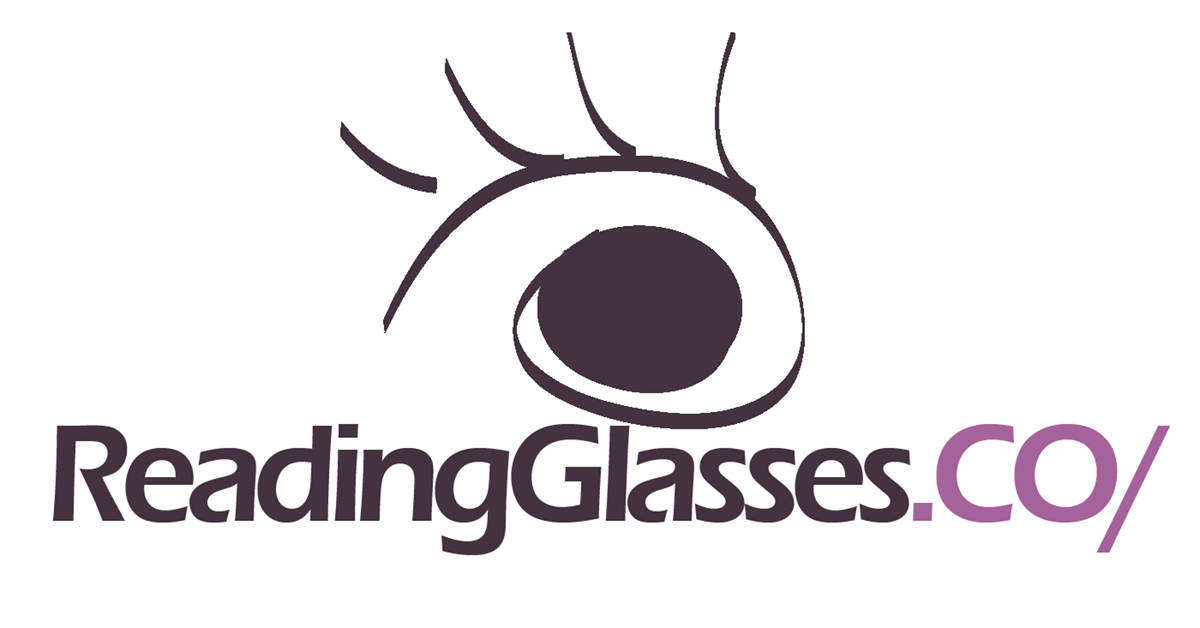Readers After Cataract Surgery? — ReadingGlasses.CO/
Many people have asked, "After cataract surgery, should I expect to need reading glasses?"
The answer to the question depends on several factors such as the type of "intraocular lens" (IOL) implanted during the surgery, your age, and your visual needs.
1. Monofocal IOLs: These are the most basic type of IOL and provide clear vision at one distance only. Patients who choose monofocal IOLs will typically need reading glasses to see objects up close.
2. Multifocal IOLs: These IOLs provide multiple focal points that allow patients to see objects at different distances without the need for glasses. Multifocal IOLs can reduce or eliminate the need for reading glasses after cataract surgery but only certain patients can adapt to them.
3. Accommodating IOLs: These IOLs work by changing shape in response to the movement of the eye's muscles, allowing patients to see objects at different distances without the need for glasses. This is another case wherein only a limited population of patients can adapt.
4. Toric IOLs: These IOLs are designed to correct astigmatism, which is a common condition that causes blurred vision due to an irregularly shaped cornea.
Age can impact the need for reading glasses after cataract surgery because the
 natural lens of the eye becomes less flexible and less able to change shape as we age. This condition is called presbyopia, and it typically begins to affect people in their early 40s.
natural lens of the eye becomes less flexible and less able to change shape as we age. This condition is called presbyopia, and it typically begins to affect people in their early 40s.
If you’re younger than 40 years old, you may not need reading glasses after cataract surgery because your eyes are still able to adjust their focus naturally. If you’re older than 40, you’ll typically need reading glasses after the procedure because your eyes are less able to adjust their focus naturally.
Ophthalmologists address these conditions by taking into account your age and visual needs when choosing the type of IOL to implant during cataract surgery. Patients younger than 40 years old may benefit from monofocal IOLs that provide clear vision at one distance only. Patients older than 40 may benefit from multifocal or accommodating IOLs that provide multiple focal points and reduce or eliminate the need for reading glasses.
Also, to be accommodated are your personal requirements for clear vision at different distances. For example, some patients may require clear distance vision for driving or sports, while others may require clear near vision for reading or computer work.
Ophthalmologists will take into account your visual needs when choosing the type of IOL to implant during cataract surgery. If you require clear distance vision, you may benefit from monofocal IOLs that provide clear vision at one distance only, requiring ready glasses for close-up vision. If you need clear vision close-up, you may benefit from multifocal or accommodating IOLs that provide multiple focal points and reduce or eliminate the need for reading glasses if your ophthalmologist determines they’re good for you.
In general, most patients will need reading glasses after cataract surgery. That's because the natural lens of the eye is removed during cataract surgery and replaced with an artificial lens that cannot adjust its focus like a natural lens can. This means that patients will typically experience some degree of presbyopia (age-related farsightedness) after surgery and will need reading glasses to see objects up close.
But there are some types of IOLs that can reduce or eliminate the need for reading glasses after cataract surgery. These IOLs are called "multifocal" or "accommodating IOLs" and they work by providing multiple focal points that allow patients to see objects at different distances without the need for glasses.
Most patients will need reading glasses after cataract surgery because multifocals or accommodating IOLs aren't right for everyone.
But for those who will need reading glasses following the procedure, the powerm or "diapter strenth, following surgery varies depending on the individual and their activities. Many ophthalmologists cite +1.25 diopters for computer use and +2.25 to 2.50 diopters for reading near is a "starter" strength. Some may need a higher or lower power. A simple calculation based on the "diopter unit" of measurement can determine the exact power needed for reading glasses. The power varies person-to-person. Download this "self test" to detmine your needs: download the self-test here.
It's vital to discuss your visual needs and expectations with your ophthalmologist before surgery so that you and s/he can choose the best IOL for your personal needs.
But you can browser some good-looking reading glasses without a consultation:
The material provided on this site is for informational purposes only. It is not meant to replace the advice of your eye care professional. Have your eyes examined regularly and always follow your eye care professional's instructions. If you experience any pain, discomfort, or visual distortion, consult your eye care professional immediately.

